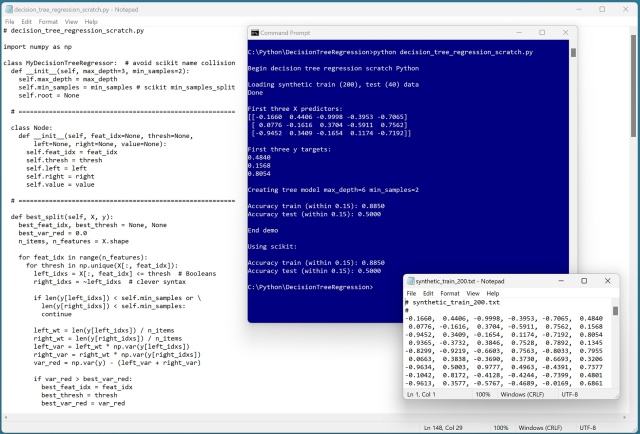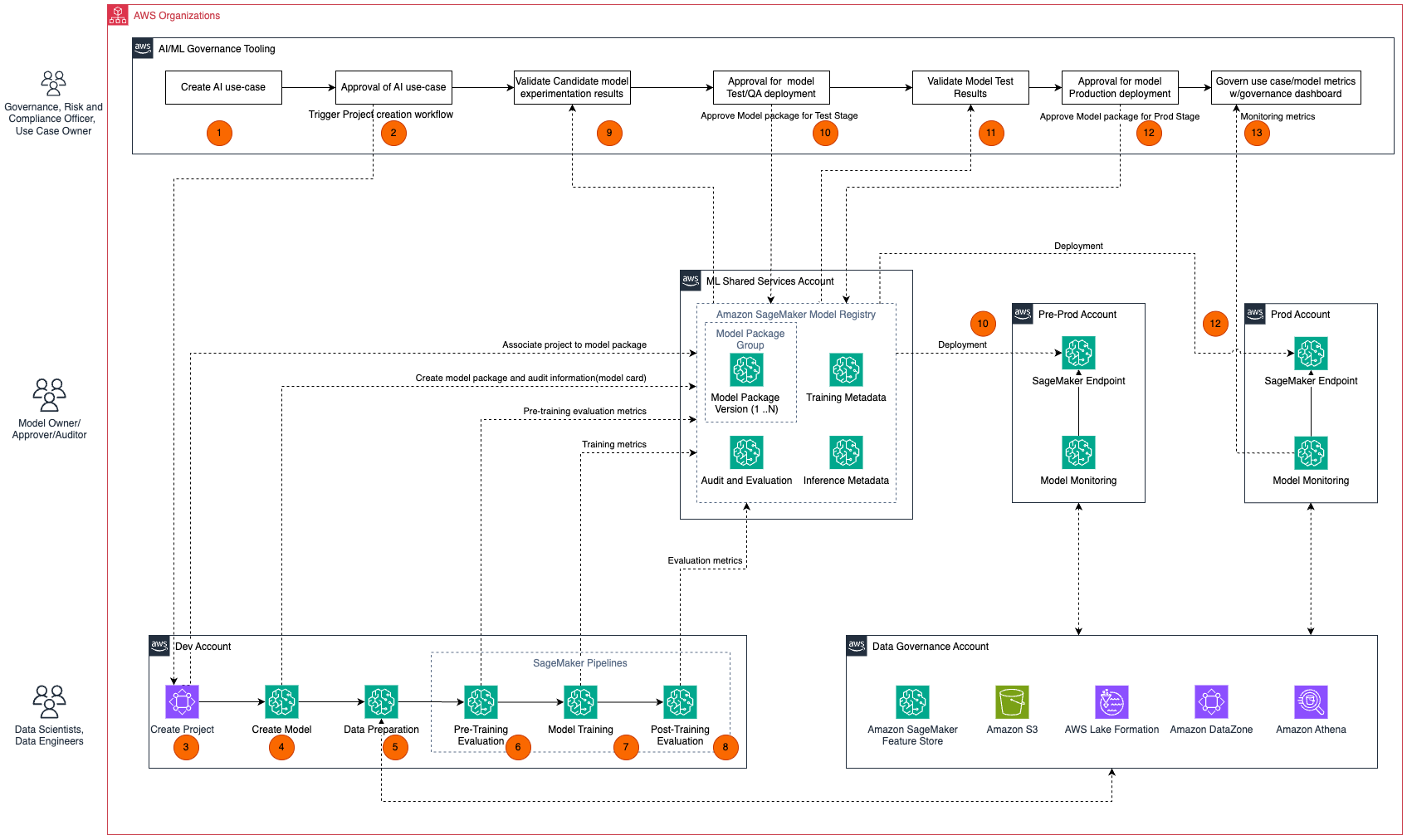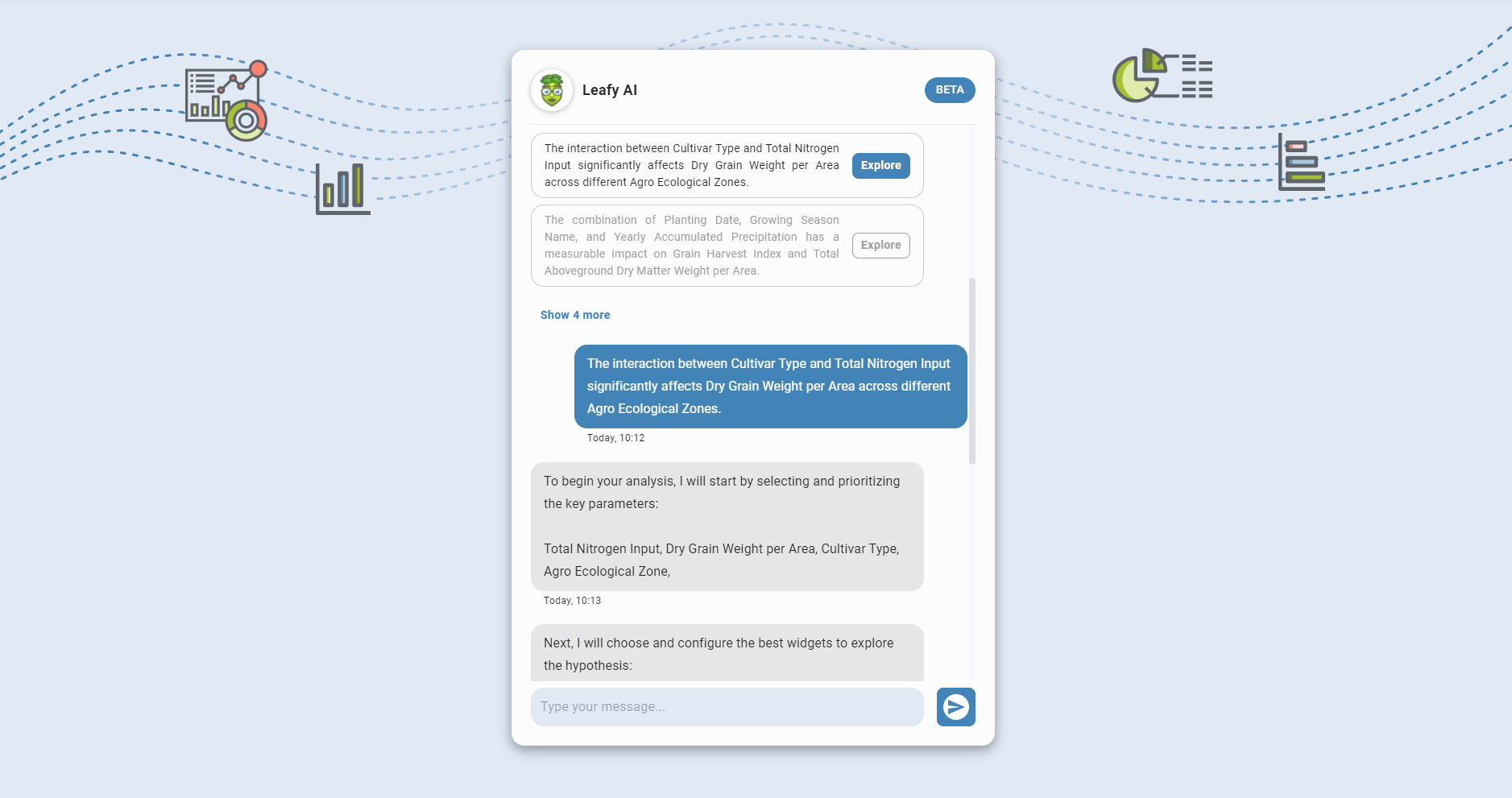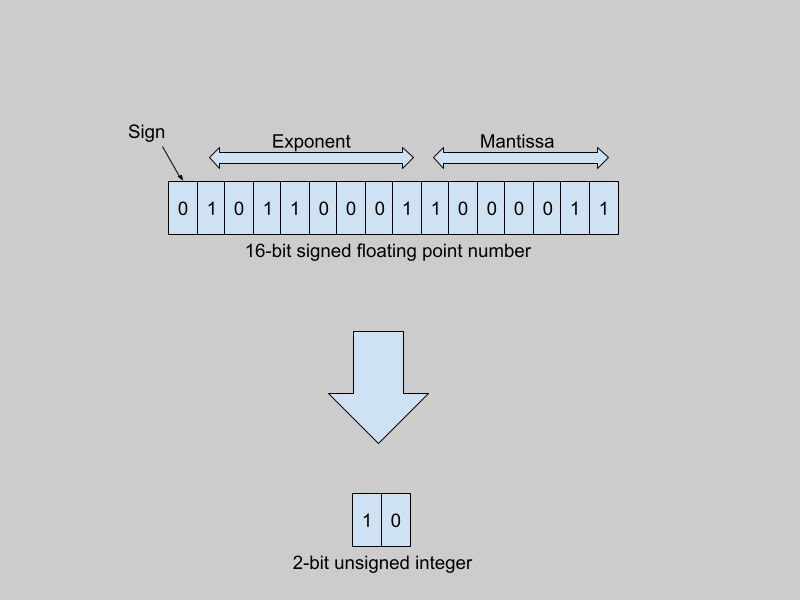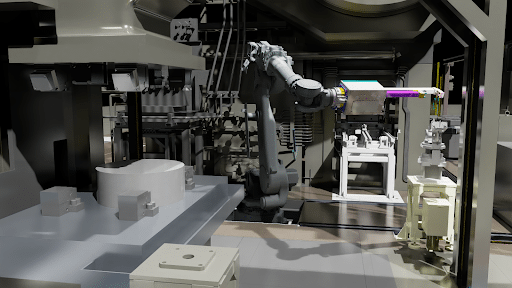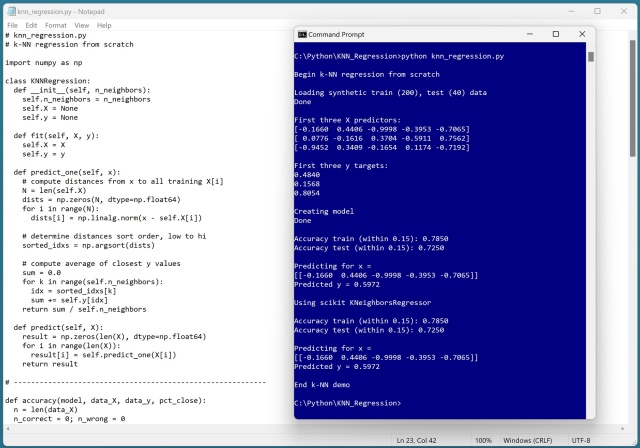Stability AI releases Stable Diffusion 3.5 Large on Amazon SageMaker JumpStart, offering powerful text-to-image capabilities. With 8.1 billion parameters, the model enables high-quality image generation for various industries, enhancing creativity and efficiency.
In 2043, Arcola theatre in London presents interwoven stories on love, connection, and AI. The world's data-driven dating app raises questions about algorithms and human connection.
A tech professional implements a decision tree regression system in Python, discovering a new indexing trick from Google's experimental AI. Plans to create a non-recursive version due to difficulties with debugging and modifying recursive code.
Becoming AI-enabled is a transformative journey, similar to digitalisation. Success means seizing new opportunities with AI technology.
The global IDP market is booming, with Anthropic's Claude models and Amazon A2I enabling robust multilingual document processing pipelines for improved accuracy and quality of extracted information. This solution combines AI, serverless orchestration, and human intelligence to extract, validate, and store multilingual content efficiently.
Visual search technology in ecommerce improves product discovery by allowing users to search with images. Amazon Bedrock offers high-performing AI models for generative AI applications, enhancing search accuracy and user experience.
Amazon SageMaker now allows users to register ML models with Model Cards, simplifying governance and transparency for high-stakes industries. The integration of Model Cards with Model Registry streamlines model management and approval processes for better decision-making.
MIT's DeCoDE Lab is pushing boundaries in mechanical engineering by combining machine learning and generative AI to enhance design precision. Their Linkages project demonstrates 28 times more accuracy and 20 times faster results than previous methods, showing potential for broader engineering applications.
Demonstrating prompt engineering techniques with LLMs for accurate tabular data analysis. Using GTL with Meta's Llama models in Amazon SageMaker for financial industry datasets.
Agmatix utilizes advanced AI technologies to standardize data for informed decision-making in agriculture, enhancing crop yields and sustainable practices. By leveraging Amazon Bedrock and AWS services, Agmatix accelerates R&D to develop higher-yielding seeds and sustainable molecules for global agriculture.
The NVIDIA app, launching today, offers a GPU control center for GeForce RTX users, with AI enhancements and exclusive apps. NVIDIA RTX Remix and AI video enhancements are just some of the features included in this game-changing companion platform.
Developers aim to make AI models more accessible by reducing high-precision floating-point weights to low-precision integer weights. Quantization simplifies the process, mapping ranges and demonstrating uniform steps in integer quantization.
Generative AI enables efficient creation of personalized marketing content, boosting engagement and sales. Amazon Bedrock Agents empower marketers to deliver personalized advertising with tailored creative content and targeted customer segmentation.
Robots from Toyota and Yaskawa are revolutionizing manufacturing in Japan with the help of digital twin technology from Rikei Corporation and NVIDIA's AI platforms. Seven & i Holdings is also using digital twin simulations to enhance customer experiences in retail.
Implementing k-nearest neighbors regression from scratch using Python with synthetic data, demonstrating prediction accuracy within 0.15. Validation against scikit-learn KNeighborsRegressor module for matching results, showcasing the simplicity and effectiveness of the algorithm.



